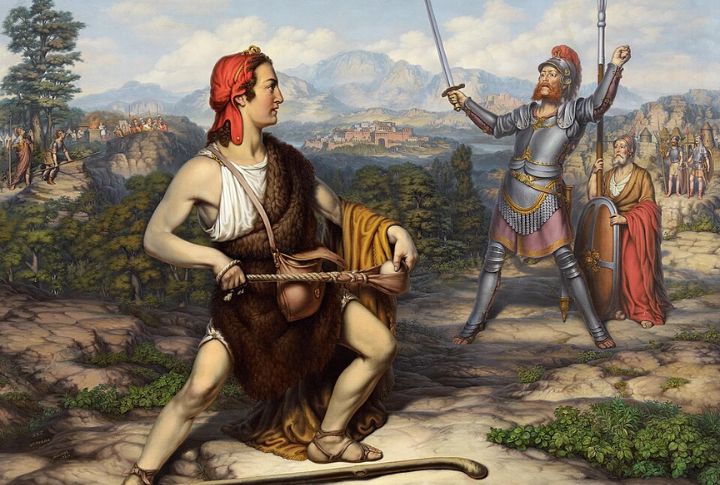
The Bible is full of stories that everyone thinks they get, but a closer look usually flips expectations. Popular versions in culture and conversation rarely match the original text. Some details get exaggerated, some simplified, and some just plain wrong. Curious to see which stories aren’t what you thought? Here are 10 Bible events you probably misunderstand.
Adam And Eve’s Fruit Wasn’t Necessarily An Apple
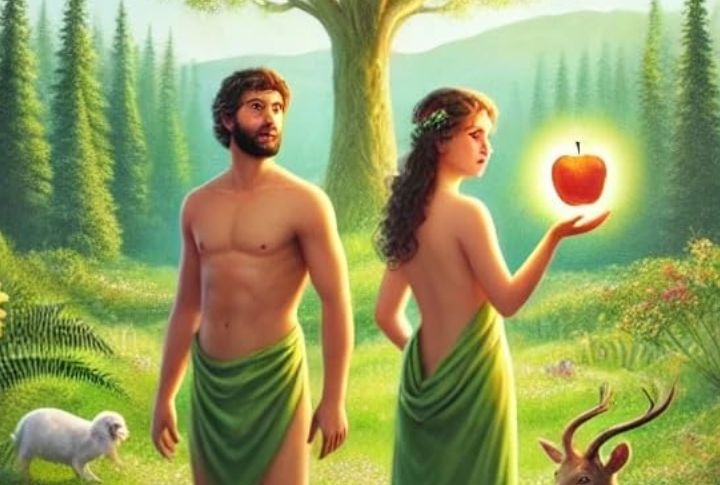
Adam and Eve’s forbidden fruit is frequently misrepresented. Scripture simply calls it “fruit from the tree of knowledge,” with no specific type mentioned. After eating it, they covered themselves with fig leaves. The apple idea shows up later, influenced by a Latin wordplay where “malum” can mean both “evil” and “apple.”
Noah’s Ark Was Smaller Than Movies Show
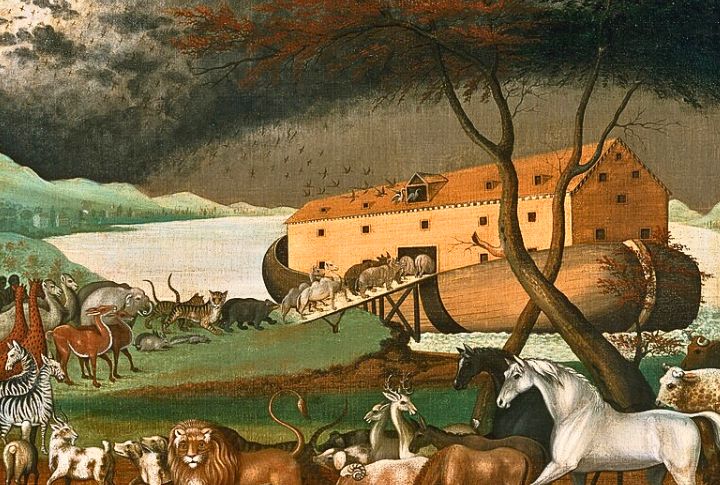
You know those massive ark depictions in movies? Well, the Bible gives us actual measurements, and they paint a different picture. According to Genesis, Noah’s ark was 300 cubits long, 50 wide, and 30 high—that’s about 450 by 75 by 45 feet. That’s big, but much smaller than Hollywood’s massive ships.
Jonah Was “Vomited Up” By A Great Fish
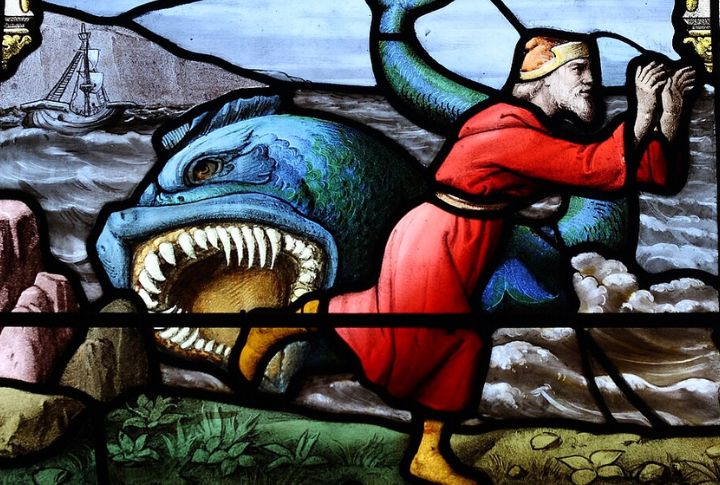
Many assume Jonah encountered a whale; however, the original text describes a “great fish” without naming the species. The Hebrew word leaves the creature’s identity open to interpretation. Meanwhile, the fish “vomited” Jonah onto shore after three full days inside.
David Didn’t Kill Goliath With A Sword
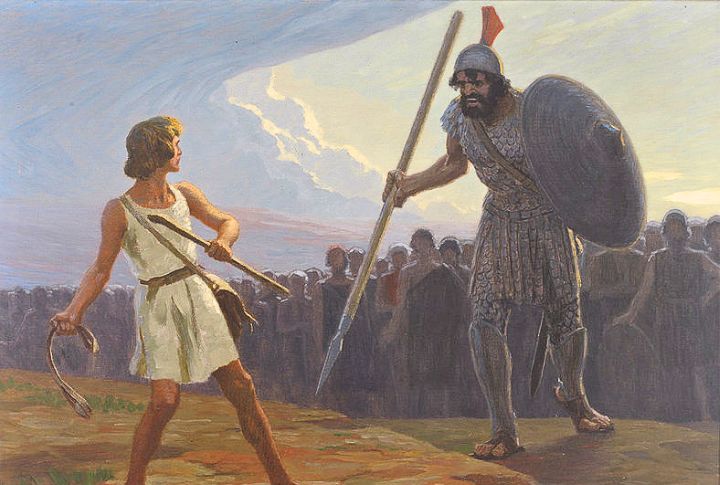
David didn’t just get lucky against Goliath—he was surgical with that sling. One stone to the forehead dropped the nine-foot giant instantly. Then David grabbed Goliath’s sword to finish what he started. This whole thing showcased skill over strength in the most dramatic way possible.
Moses Parted The Sea Of Reeds, Not The Red Sea
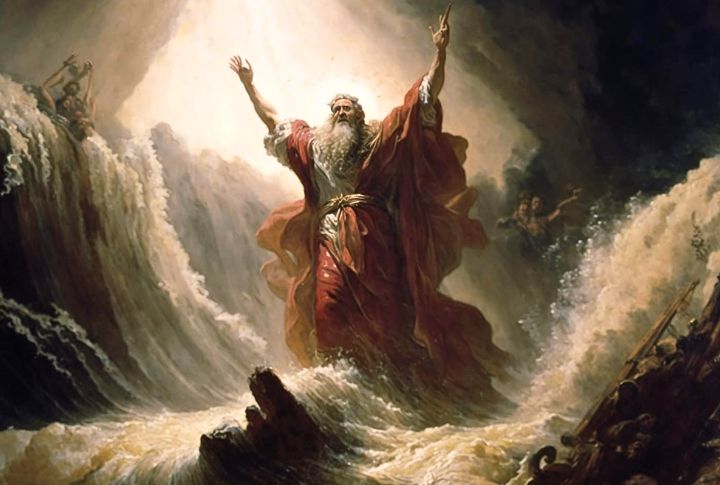
That iconic image of Moses parting the towering walls of water? It might be wrong. The Hebrew text says “Yam Suph,” which translates to “Sea of Reeds”—likely a marshy area, rather than the deep Red Sea. It was the early Greek translators who made the mix-up that stuck for centuries.
The Garden Of Eden Isn’t Necessarily On Earth
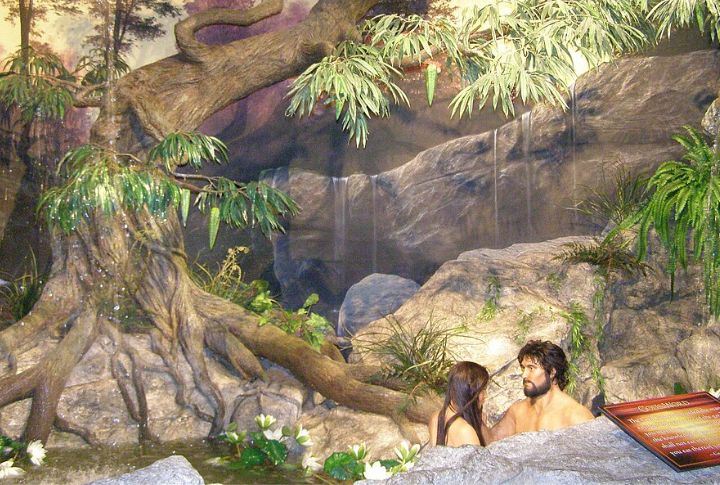
The Bible names four rivers flowing through Eden, but only the Tigris and Euphrates exist today. Pishon and Gihon remain mysteries. Many traditions interpret this as evidence that Eden was never meant to be a physical place—it’s a spiritual concept that inspired paradise stories worldwide.
The Magi Were Scholars, Not Kings
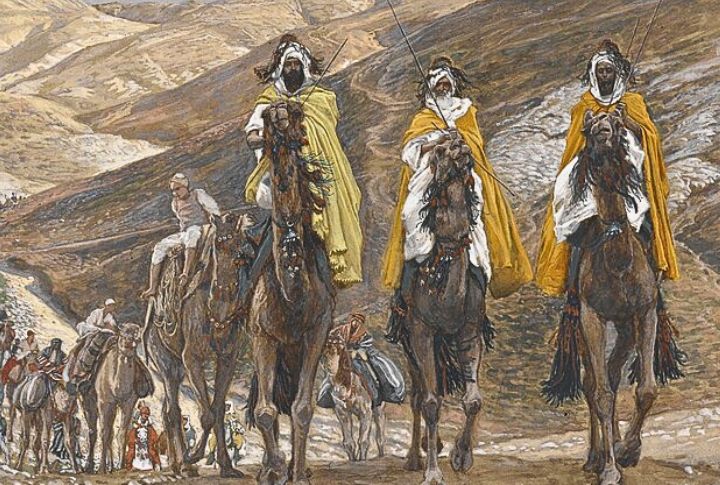
Those “three kings” usually mentioned in Christmas carols—songs traditionally sung to celebrate Christmas—are a common misconception. Scripture never calls them kings or says there were three. Matthew, one of Jesus’ disciples, describes them as “Magi,” scholars from Eastern lands like Persia. So the three gifts don’t mean three people.
Jesus Wasn’t Nailed To The Hands

All those famous crucifixion paintings? They’re beautiful, though inaccurate. Medieval artists depicted nails piercing Jesus’ palms; however, Romans actually used wrists. Palm nails would simply rip through under the body’s weight. Fortunately, the Bible’s Greek word for “hand” includes wrists, so the Scripture remains historically accurate.
Babel Was About Language, Not Height
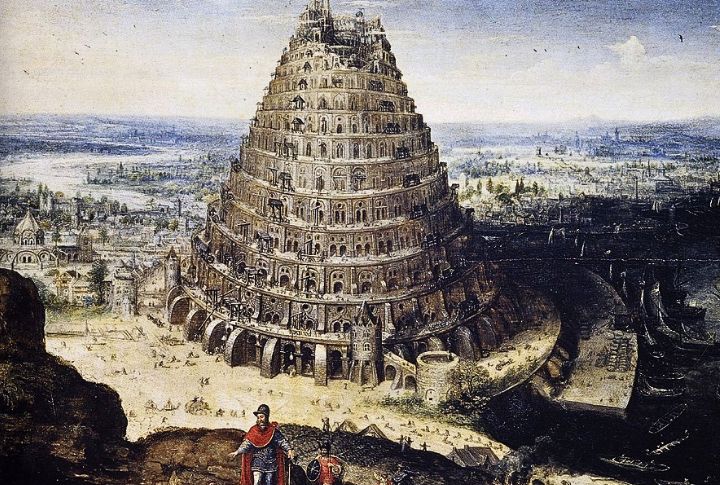
The Tower of Babel wasn’t just about a tall building—it explains humanity’s language problem. God saw people working together on this enormous tower and decided to confuse their speech. Suddenly, nobody could communicate, and they spread out everywhere. This literally means “confusion” in Hebrew.
Samson’s Strength Was Not In His Hair Alone
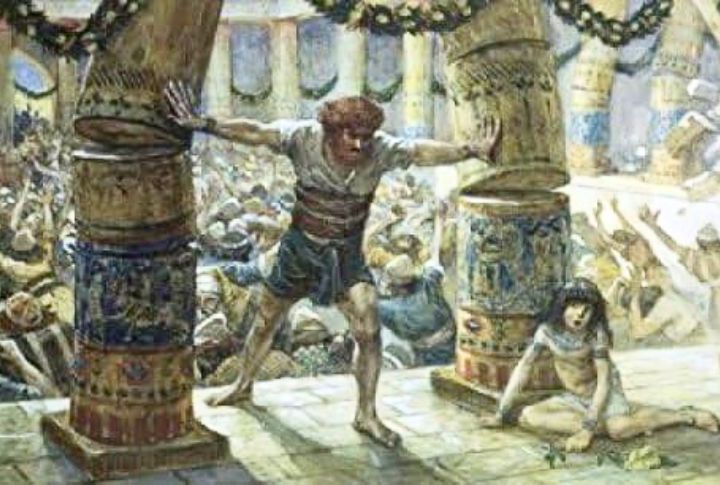
Everyone thinks Samson’s hair gave him superpowers, but that’s not the real story. His strength came from his commitment to God through a special Nazirite vow. The hair was just a symbol—cutting it meant breaking his promise to God, which is why he lost his power.

